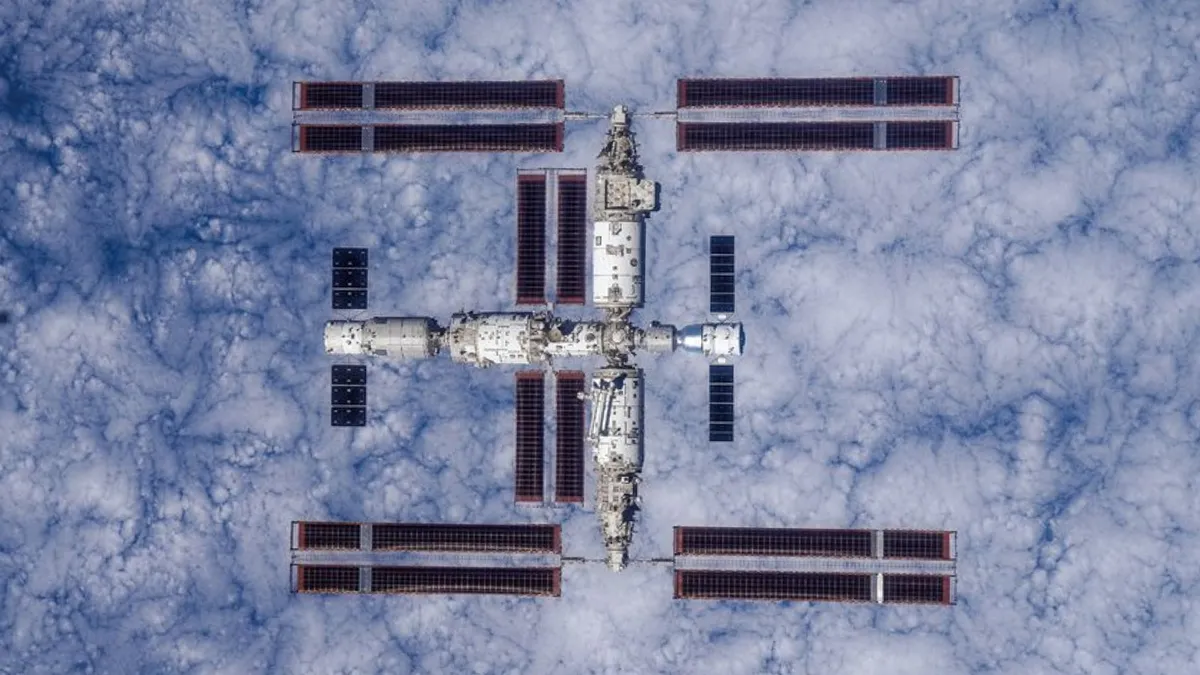
In a groundbreaking revelation, scientists have discovered a new microbe that has never been seen before on Earth within China's Tiangong space station. This newly identified strain of bacteria, named Niallia tiangongensis after the space station itself, is a variant of a soil-dwelling terrestrial microbe known for its potential to cause sepsis. Remarkably, it was found inside one of the station's cabins, raising important questions about microbial life in space.
The findings were published on March 3 in the International Journal of Systematic and Evolutionary Microbiology. The researchers emphasized the importance of understanding the characteristics of microbes during long-term space missions. This knowledge is crucial for ensuring the health and safety of astronauts, as well as maintaining the operational functionality of spacecraft.
The new strain of bacteria was discovered in samples collected in 2023 by the crew of the Shenzhou-15 mission. The astronauts swabbed various modules of the space station with sterile wipes and later froze the samples for transport back to Earth. Upon analysis, it was revealed that the newly identified bacterium is closely related to Niallia circulans, a rod-shaped, spore-propagating bacteria commonly found in soil, sewage, and food. This species is known to pose risks, particularly in immunocompromised patients, as it can lead to sepsis.
What makes Niallia tiangongensis particularly intriguing is its unique adaptations that allow it to thrive in the harsh conditions of space. The strain has developed genes that encode responses to oxidative stress, enabling it to repair radiation damage effectively. Additionally, it can form biofilms by breaking down gelatin, which helps it extract essential carbon and nitrogen for survival.
While it remains uncertain whether this new strain poses any direct harm to humans, researchers are optimistic that further studies will provide deeper insights into its survival mechanisms. Understanding how Niallia tiangongensis and similar microbes adapt to extraterrestrial environments is vital for developing strategies to mitigate potential risks associated with space-adapted bacteria for human astronauts.
The discovery of Niallia tiangongensis inside the Tiangong space station highlights the ongoing exploration of microbial life beyond our planet. As space missions become more ambitious, understanding the role of microbes will be essential in safeguarding astronaut health and ensuring the success of future endeavors in space exploration.